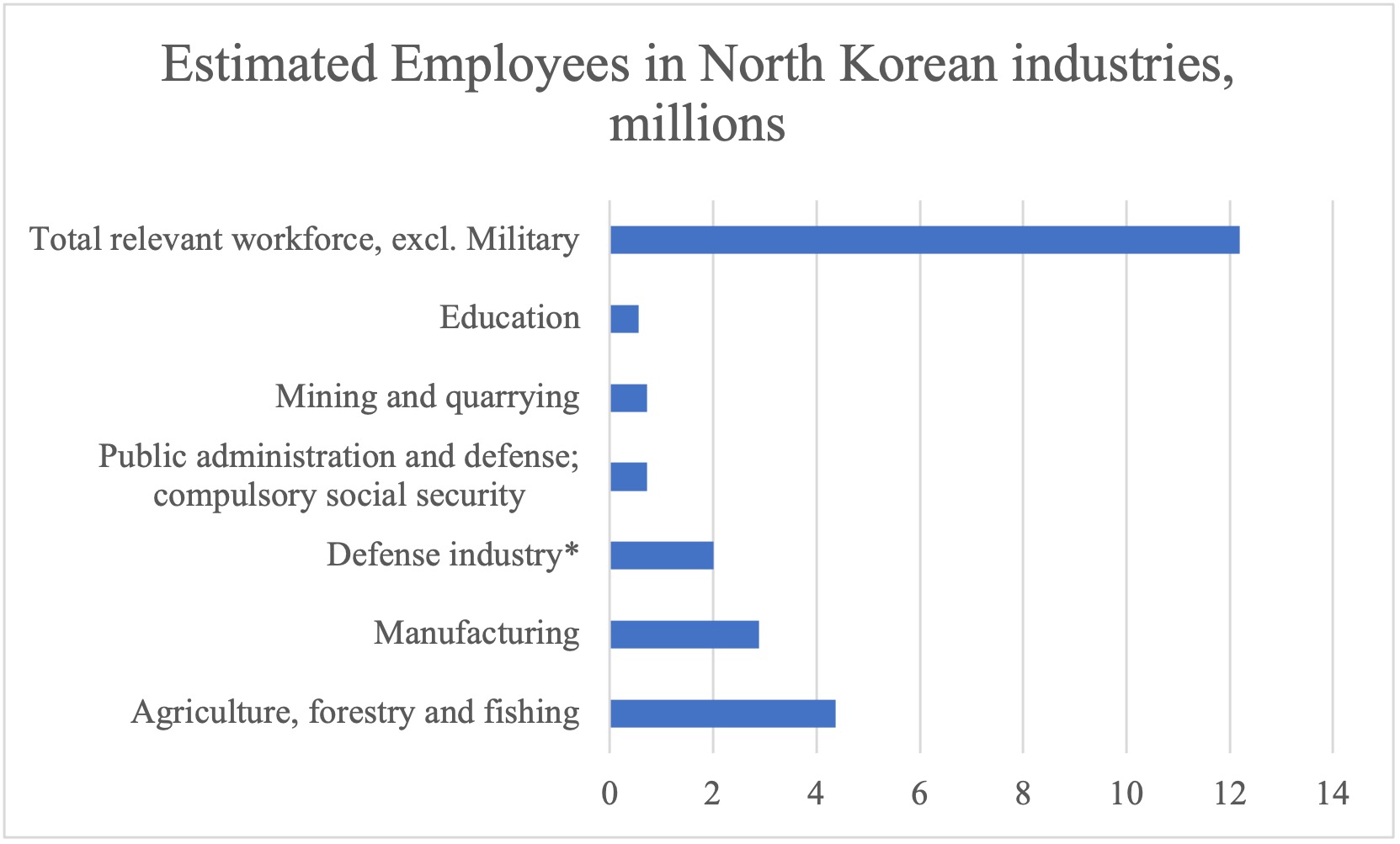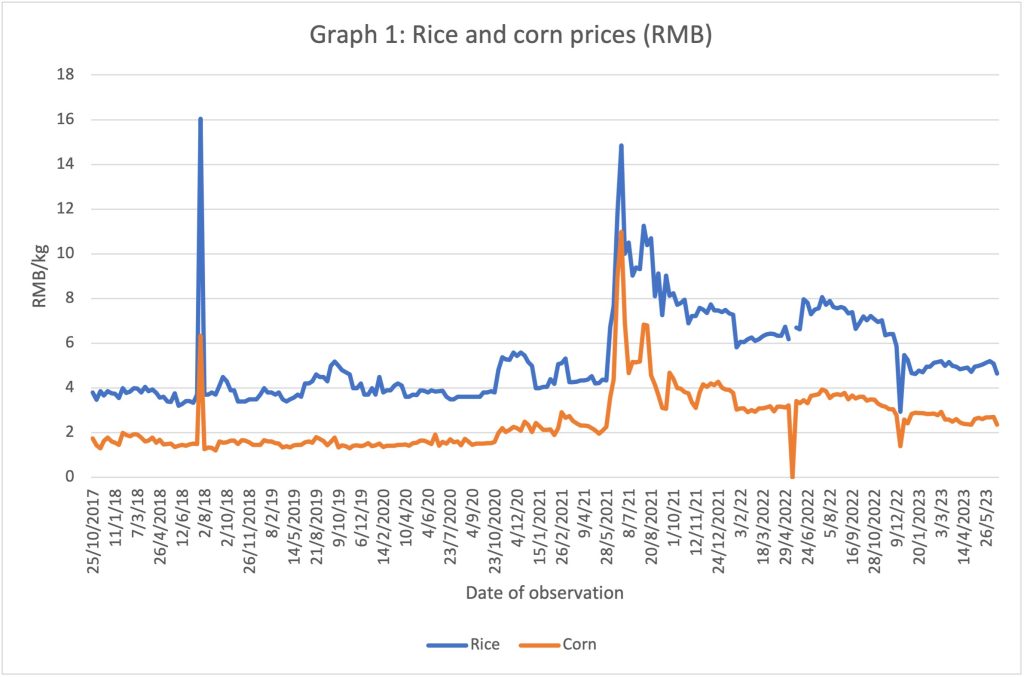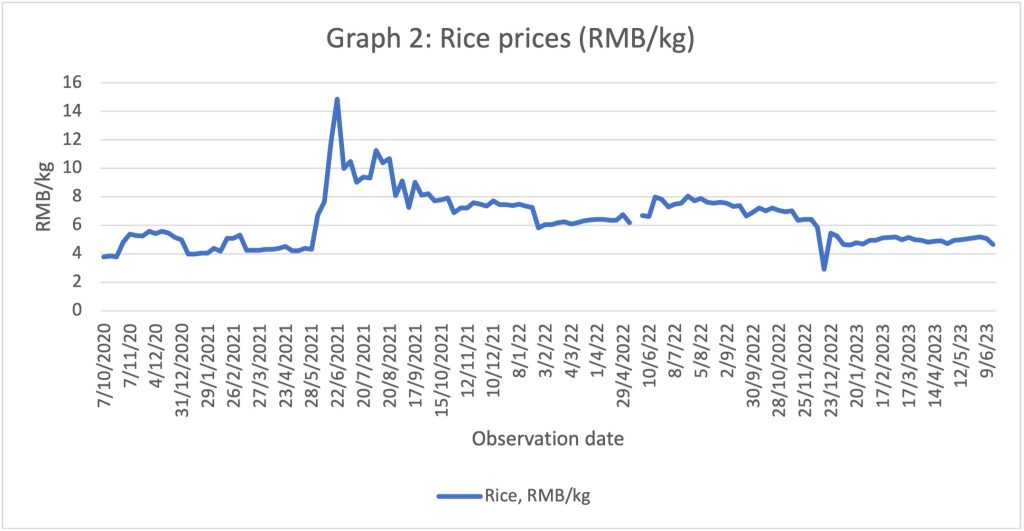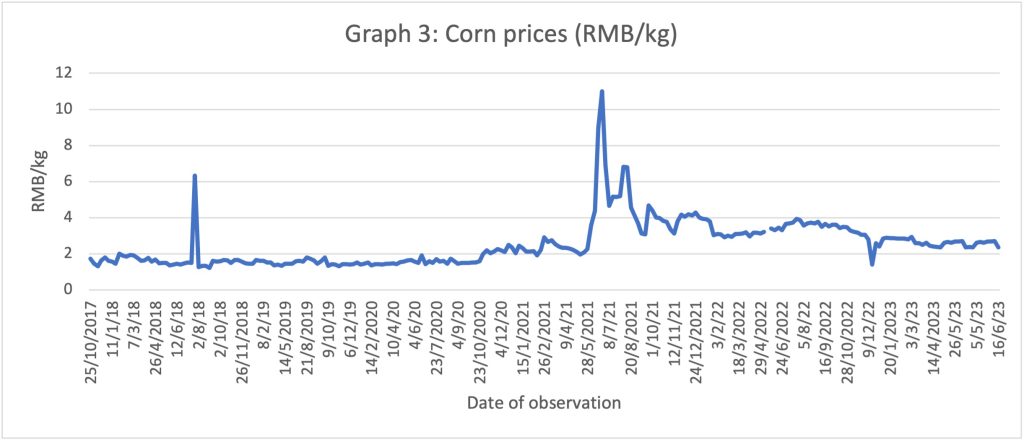The following article was published in East Asia Forum Quarterly‘s June issue, and is re-published here with permission.
On the surface, sanctions seem to have had little impact on North Korea’s behaviour. At the time of writing, the world is waiting for the launch of a new North Korean military spy satellite that Supreme Leader Kim Jong-un announced on 19 April 2023.
North Korea is under one of the harshest multilateral sanctions regimes of any country in the world. But the country still circumvents sanctions regularly through complex smuggling operations at which it is by now very adept. This situation raises questions about whether sanctions on North Korea have failed.
It is true that sanctions have not reached the stated political goal of inducing North Korea to give up its nuclear weapons. The country has made impressive advances in missile technology and is evidently capable of acquiring the necessary technology despite sanctions. The ‘spy satellite’ launch would be one of around 30 missiles tested in 2023.
Although North Korea has ways to evade sanctions, this does not mean sanctions have no impact. Sanctions interplay with domestic governance and economic systems in ways that are complex and often hard to fully evaluate. The alternative to sanctions is not an open, liberal and free-trading North Korea, but likely a slightly more well-off version of its current state.
The issue of evasion illustrates why the impact of sanctions is so hard to evaluate. Sanctions-evading actions are not rare events, but are institutionalised within North Korea’s economy. Since the 1970s, North Korea has systematically smuggled alcohol, tobacco, drugs and other contraband through its diplomatic networks abroad. These activities continue today and with North Korean capabilities expanding into the cyber realm, sources of illicit income will likely continue to constitute an underestimated part of the regime’s hard-currency revenue flows.
But sanctions evasion and smuggling are very expensive activities. For Chinese, Taiwanese and Singaporean trading companies and entities to risk smuggling oil to North Korea, Pyongyang must pay a massive risk premium on its purchases. North Korea has to pay well above market prices to give sellers a reason to take the risk of arrest and prosecution for sanctions violations.
The same is true for illicit North Korean exports. Sanctions do not stop coal exports entirely, but they slash the prices that North Korea can charge. Any buyer—almost always China—will only risk importing from North Korea if prices are cheap enough to outweigh the risks. Even prior to the harsher sanctions levied in 2016 and 2017, China, through its position as a virtual monopoly buyer, consistently paid below-market prices for North Korean coal. This dynamic is likely even stronger today, as Chinese imports of coal and other sanctioned North Korean goods continue but go mostly unrecorded.
Despite North Korea’s evasion tactics, sanctions are indisputably hurting the North Korean economy. The country’s exports are estimated to be worth only a few hundred million dollars per year—much smaller than its . The UN Panel of Experts estimated, for example, that North Korea earned around 370 million dollars from sanctions-violating coal exports in 2019. This is only a fraction of the 1.19 billion dollars it earned from such exports in 2016, before the harsher sanctions.
The civilian impact of sanctions is unclear. On one hand, sanctions have likely dealt a harsh blow to labour-intensive industries like textiles, where a of workers are women, resulting in increased unemployment and lower wages. The falling incomes of North Koreans working in sanctioned industries substantially dampen the wider economy. On the other hand, there is no evidence that sanctions have driven up the price of food or other essential goods.
Sanctions have undoubtedly worsened North Korea’s food shortage by hindering imports of fertiliser and spare parts for agricultural equipment. North Korea’s own border closure, though, likely also provided an obstacle to foreign trade. But the impact of sanctions on North Korea’s food system is minimal compared with the regime’s refusal to undertake basic reforms in agriculture. The government bristles at dismantling collective farms or letting farmers sell their products on open markets.
Trade by evasion should logically become easier and cheaper. For sanctions to be effective against North Korea, China—which constitutes more than 90 per cent of North Korea’s foreign trade—would have to implement them. As US–China tensions continue to grow, reasons for China to implement sanctions on North Korea are diminishing.
Reports of North Korean trade deals in weapons and labour with Russia in the wake of Russia’s invasion of Ukraine are already circulating. Very little is confirmed about these transactions, but there is evidence to support increased economic exchange between the countries. Earlier this year, satellite imagery from the border area indicated that Russia was increasing oil exports to North Korea while exporting unknown goods that could be arms destined for the Wagner Group.
But this does not change North Korea’s situation. Combined with its poor global reputation, sanctions will continue to make North Korea dependent on a very small number of trade partners—mainly China —who can charge highly unfavourable prices.
None of this is to say that the current thinking on North Korea sanctions is without serious flaws. The demand that denuclearisation should come before any relief on sanctions, for example, is unrealistic. But many also exaggerate the possible gains of abolishing sanctions. A common misperception is that, were sanctions to be lifted, North Korea would open its doors to foreign investors who would flock to the country for its strategic geographic location and cheap labour.
Removing sanctions would not change the basics of North Korea’s economic system. Despite a permissive attitude towards markets during former supreme leader Kim Jong-il’s reign and the first few years of Kim Jong-un’s, harsh state control over the economy best serves the regime’s political and social goals by allowing it to control the distribution of resources. Sanctions hurt, but removing them is no silver bullet for political or economic progress.
Benjamin Katzeff Silberstein is Associate Fellow at the Swedish Institute for Foreign Affairs and a Postdoctoral Fellow at the Safra Center for Ethics at Tel Aviv University.




